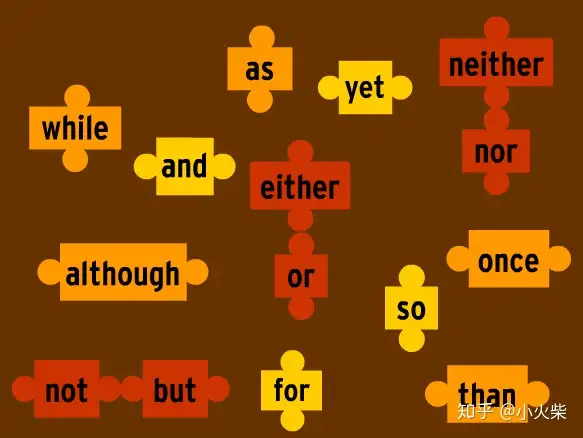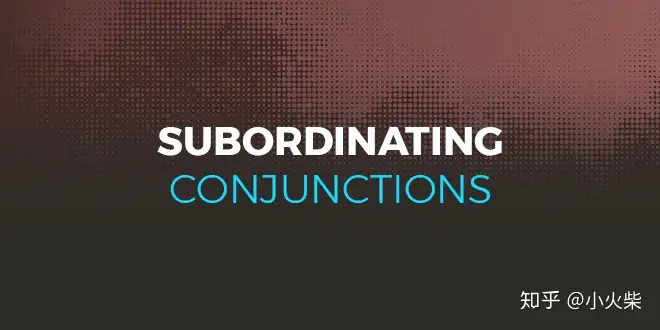╩╫эУ(yии)
ыSХr(shик)ЖЦ(wииn)
ыSХr(shик)╜т┤Ё
Иґ(bидo)┐╝
Вф┐╝
╕▀╓╨
ю}Оь(kи┤)
╓к╫R(shик)№c(diигn)
╒Z(yи│)╬─
Ф╡(shи┤)МW(xuиж)
╙в╒Z(yи│)
╬я└э
╗пМW(xuиж)
│є╥╗
│є╢■
│є╚¤
2024╓╨┐╝
бббббб бббб
- ╘Зю}═╞╦]г║ ╓╨┐╝╒цю} ╓╨┐╝╥╗─г ╓╨┐╝╢■─г Й║▌Sю} П═(fи┤)┴Х(xик)ю} юA(yи┤)Ьy(cии)ю} ─гФMю}
- МW(xuиж)┐╞г║ ╒Z(yи│)╬─ Ф╡(shи┤)МW(xuиж) ╙в╒Z(yи│) ╬я└э ╗пМW(xuиж) ╕№╢р
- ─ъ╝Й(jик)г║ │є╥╗ │є╢■ │є╚¤
бббббб бббб
- 2024╓╨┐╝╒цю}┤Ё░╕ 2024╓╨┐╝╫і╬─ю}─┐ ╓╨┐╝ЭM╖╓╫і╬─ ╘Зю}г║юA(yи┤)Ьy(cии)ю} Й║▌Sю} ─гФMю}
- ╓╕Мз(dигo)г║╕▀╖╓╜Ы(jийng)ҐЮ(yидn) ╓╨┐╝╝╥щL(zhигng) ╓╨┐╝╫і╬─ яЛ╩│╨─└э
- ┐╝№c(diигn)г║╒Z(yи│)╬─ Ф╡(shи┤)МW(xuиж) ╙в╒Z(yи│) ╬я└э ╗пМW(xuиж)
бббббб бббб
бббббб бббб
бббббб бббб
- ╘Зю}г║╒Z(yи│)╬─╒цю} ╛Ъ┴Х(xик)ю} ╘┬┐╝ ╞┌╓╨ ╞┌─й
- ╓к╫R(shик)№c(diигn)г║┐╝№c(diигn)╖╓╬І ╫╓╥Є╫╓╨╬ ╘~╒Z(yи│)╜тсМ ╬─МW(xuиж)│г╫R(shик) ╬─╤╘╬─ мF(xiидn)┤·╬─щЖ╫x
- ╘Зю}г║ Ф╡(shи┤)МW(xuиж)╒цю} ╛Ъ┴Х(xик)ю} ╘┬┐╝ ╞┌╓╨ ╞┌─й
- ╓к╫R(shик)№c(diигn)г║┐╝№c(diигn)╖╓╬І ╚¤╜╟║пФ╡(shи┤) ╚¤╜╟╨╬ МН(shик)Ф╡(shи┤) ╢■┤╬║пФ╡(shи┤) ╥╗╘к╢■┤╬╖╜│╠ ИA
бббббб бббб
- ╘Зю}г║ ╬я└э╒цю} ╛Ъ┴Х(xик)ю} ╘┬┐╝ ╞┌╓╨ ╞┌─й
- ╓к╫R(shик)№c(diигn)г║┐╝№c(diигn)╖╓╬І ╣т╡─╖┤╔ф Й║┴жЙ║ПК(qiивng) ║Ж(jiигn)Ж╬ЩC(jий)╨╡ ыК┬╖┼cыК┴і ЪW─╖╢и┬╔
- ╘Зю}г║ ╗пМW(xuиж)╒цю} ╛Ъ┴Х(xик)ю} ╘┬┐╝ ╞┌╓╨ ╞┌─й
- ╓к╫R(shик)№c(diигn)г║┐╝№c(diигn)╖╓╬І ╦о╡─ШЛ(gи░u)│╔ ╦сЙA√} ╠╝╡─╤є╗п╬я ╗пМW(xuиж)╖╜│╠╩╜ ╚▄╥║
бббббб бббб
бббббб бббб
бббббб бббб












